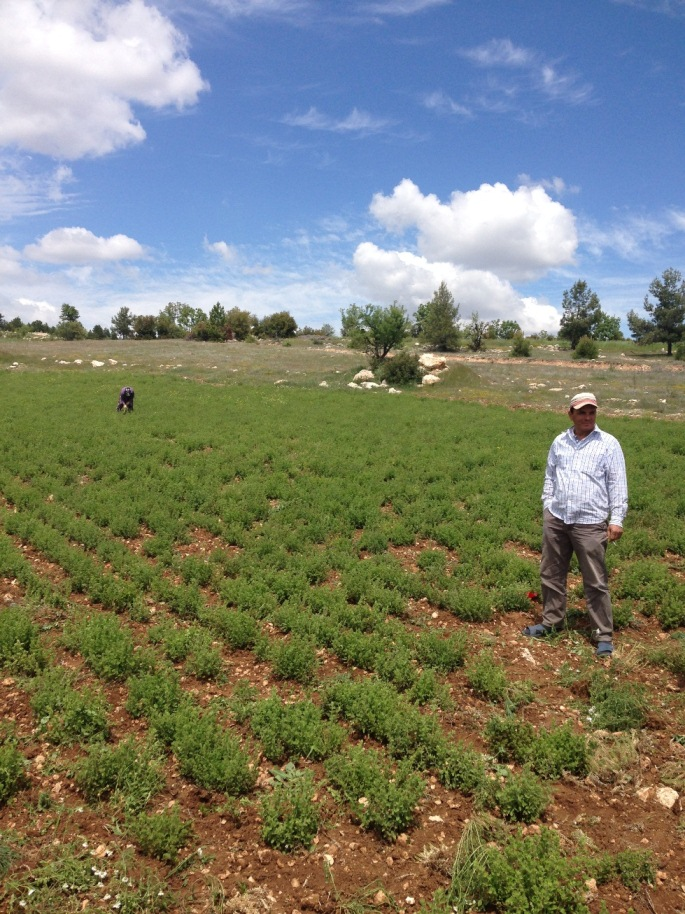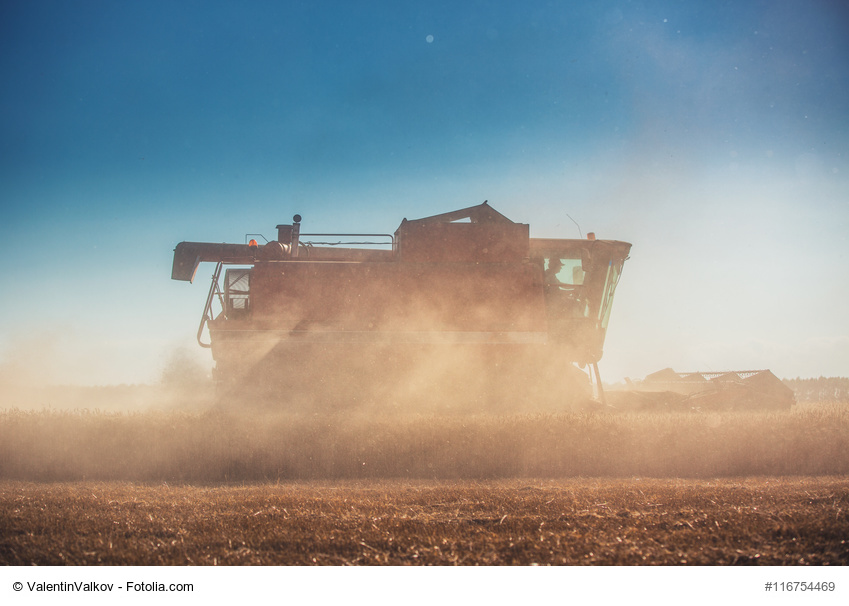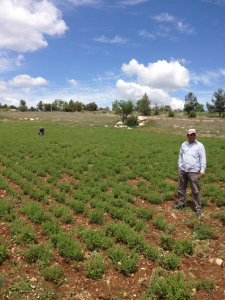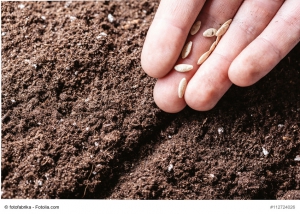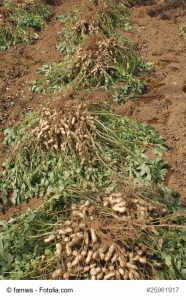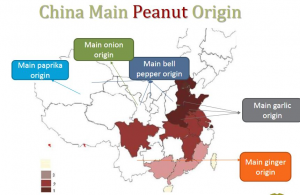Origin-related allergens
Allergens that are not used as an ingredient are called „cross contact“. These “contaminations” may get unintentionally in the product during sowing, harvesting, food production or processing. This can theoretically happen at each stage of food production. Which product groups might already come into contact with allergens in the origin?
Nutritional habits (i.e. cereals) or important export goods (peanuts in China) give a first indication for detecting origin-related-allergens. Furthermore flight allergens, impure seeds or different crop rotations play a major role
Seeds
Local climatic conditions allow some crops to grow very well side by side, for example Coriander, Mustard and Grains in Central and Southern Europe. The risk of cross-contacts is therefore particularly high.
Crop rotation
Of course, the farmers try to get high outputs from their floors and preferably to harvest several times a year. Therefore, they have specialized in three field systems in the cultivation management: one for the winter harvest, one for the summer harvest and a part is set aside. The typically robust cereal grains are grown for the winter crop while for the summer harvest sensitive products, such as herbs, are cultivated.
To prevent leaching out of the soil, an additional approach is to grow different products in crop rotation, so not always the same nutrients are drawn out the floor.
Due to weather conditions Coriander, Mustard, Cereal and other crops grow very well either next to each other or in succession, so that it potentially can come to cross-contacts.
Flight allergens
Where allergens grow among other products and there are no great distances between fields, flight allergens are possible even at sowing and harvesting. That means that first drifts may already occur at the sowing process, so cereal plants have the possibility to grow in the spice fields. Cross-contamination is therefore also possible at this point.
When it comes to drifts during harvesting cross-contamination with gluten is also possible.
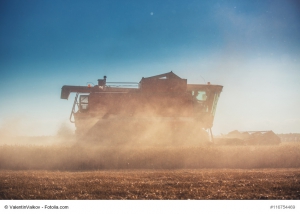
Nowadays, our analytical methods are good in such a manner, so already a few mustard seeds are sufficient to detect traces in the product.
Seed impurities
Spice plants are often drawn by the farmers themselves and so it may also happen that contamination already occur in the seed. (As in celery / marjoram)
Certain countries (such as Egypt) seem to be unable to produce pure seeds. Perhaps they are not aware of the Allergen problematic in Europe. Perhaps they simply have a lack of technical possibilities (seed-cleaning).
ESA wrote: [1]
Often the seeds that are brought out for cultivation of a crop are not 100 % pure. They may contain seeds of other plants. The industry cannot influence this natural impurity. The authorities must take note that nothing in nature is 100 % clean unless it comes out of the lab!
[1] European Spice Association ESA CL 04/16 Commission working document on precautionary allergen labeling,, 29. January 2016.
Crop rotation /Chili and Garlic
Peanuts, garlic and chilies grow in China; in some regions next to each other.
Peanuts grow – just like garlic – in the ground. Peanuts and Garlic are grown in crop rotation. So they can – unless root out properly – remain in the soil and will be harvested with the next (garlic) crop.
A contamination with peanuts is also possible for chili products. This contamination cannot be avoided when harvesting machines are used and the crop is not affected manually.
Also a pity: the Chinese provinces trade with each other. Even if the (European) buyer chooses a non-peanut province for the garlic purchase, it can be supplied with contaminated garlic.

